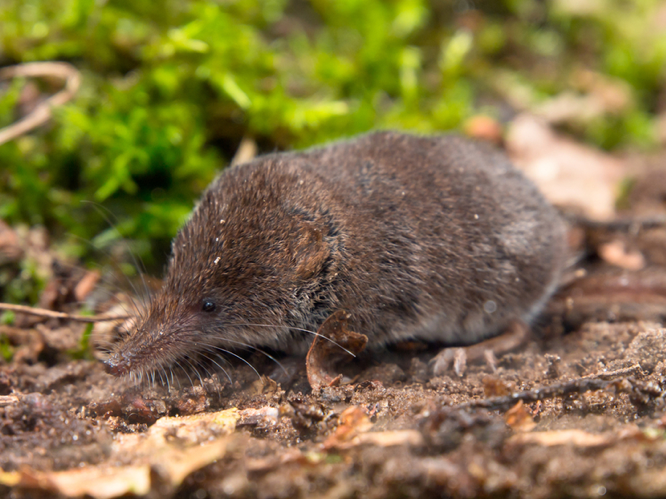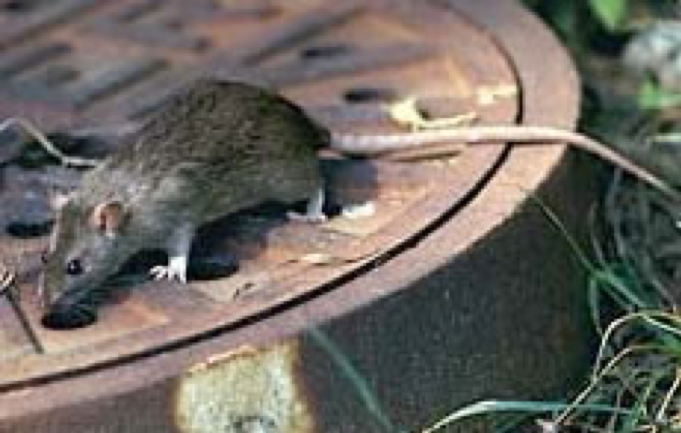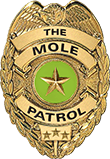‹‹ Back to Articles
Who's that digging in my yard?
The Mole PatrolAre you sure it’s a mole?
Most people aren’t experts in mole identification. Even if your lawn is home to what seems like a thriving population of moles, based on the number of molehills, you probably don’t have more than one or two moles living in your yard. And while you will see the damage they do, you won’t actually see the animals.
Moles aren’t the only small burrowing creatures living in our corner of Washington State. In fact, they are often confused, both by frustrated homeowners and in casual conversation, with voles, rats and shrews. Here’s what you need to know to keep these not-so-cute animals straight.
Physical Appearance
If you do see a mole, you probably won’t see its tiny eyes. Moles have teeth, too, but you won’t see any of those, either - they are all too small. Moles do have a long, tapered face that should be easy to spot.

(Photo: © Richard Forbes)
Moles have very small, weak eyes since they spend most of their lives underground. They also have small hips that are well-suited to twisting around tight spaces, and they have velvety, reversible fur that helps them easily move backwards or forwards in their tunnels.
Voles, on the other hand, have small but clearly visible eyes. They also have very visible ears. Their front and rear paws are relatively small when compared to the front paws of a mole.

In addition, they have tails that almost as long as their body.
What about shrews? Shrews are sometimes confused with moles because the smallest type of mole in the Pacific Northwest is called the Shrew Mole. Nine species of shrews are found in a wide swath over Washington state, from sea level to mountain meadows.They are the state’s smallest mammals — the tiniest, the pygmy shrew, is the size of a thumb — and, though widespread, they are the least-known of the mammals.
The smallest shrew is no bigger than an adult human’s thumb, and most shrews are about half as big as an average mouse.

(Photo courtesy of Keller Pest Control)
Most are brownish or blackish in color with pale bellies. They are about half the size of adult mice and have a long snout with whiskers and small ears.
The final player in our search for who is burrowing is the common Norway rat. Rats do minor burrowing but have no problem stealing the use of an existing tunnel from a mole.

(Photo by Ron Austing.)
The Norway rat has a long, tapering, nearly naked tail. With very visible eyes and ears.
Are you ready for the moles in your life to move on?
Contact Mole Patrol for the best team in mole extermination in Bothell, Edmonds, Mill Creek, Bellevue, Woodinville, Sammamish, and Redmond to help you identify the problem in your yard - and solve it. Call us at 425-744-0371 or fill out our Request for Service form to get started with one of our Seattle area mole exterminators.


